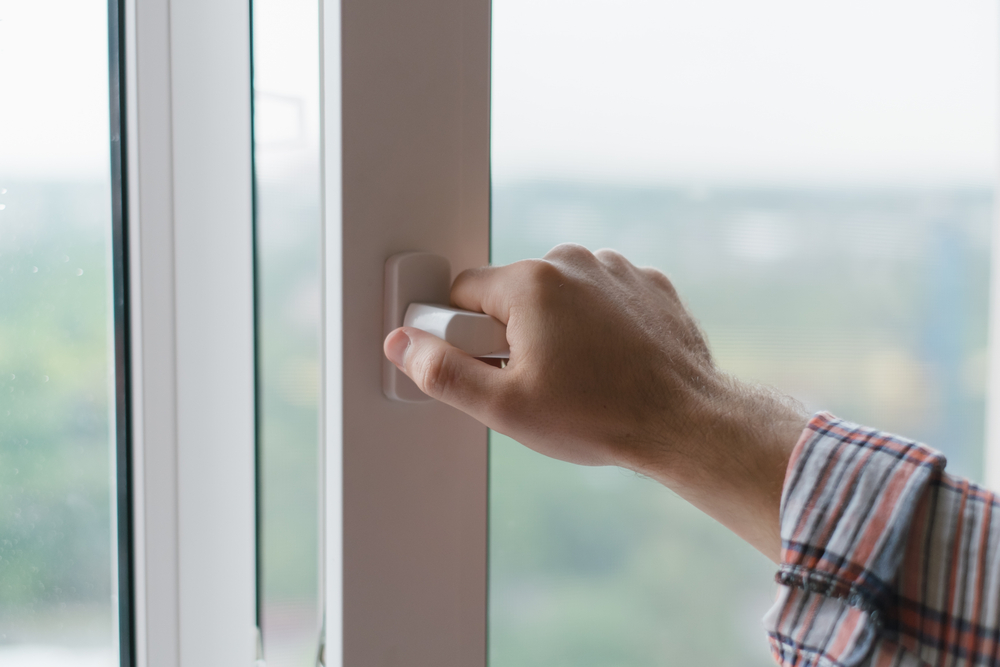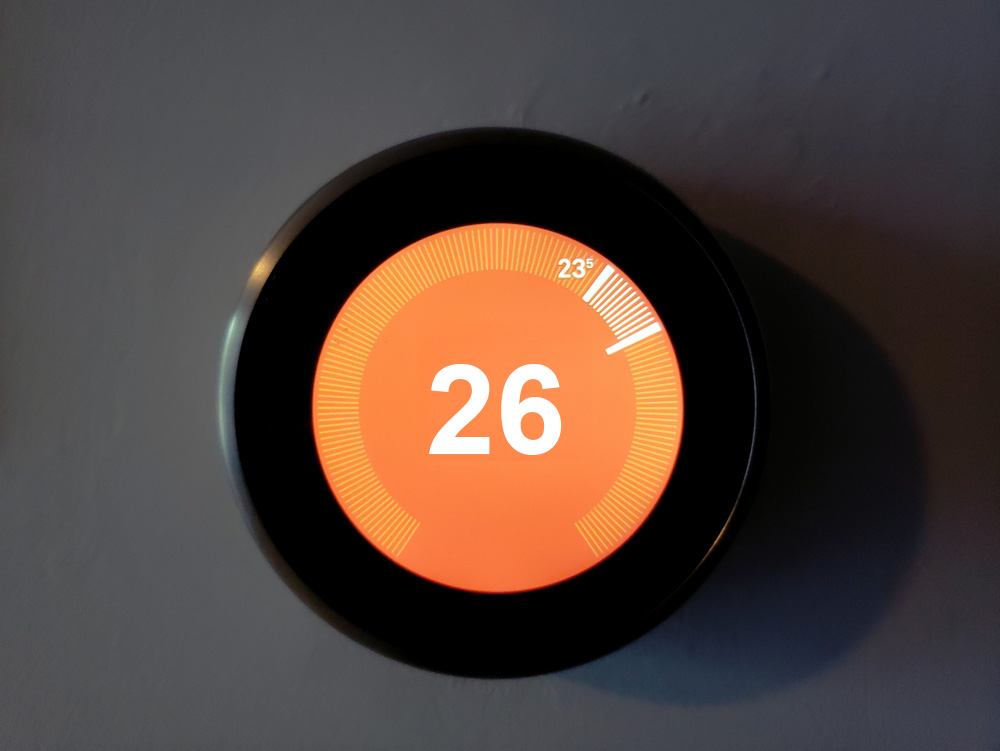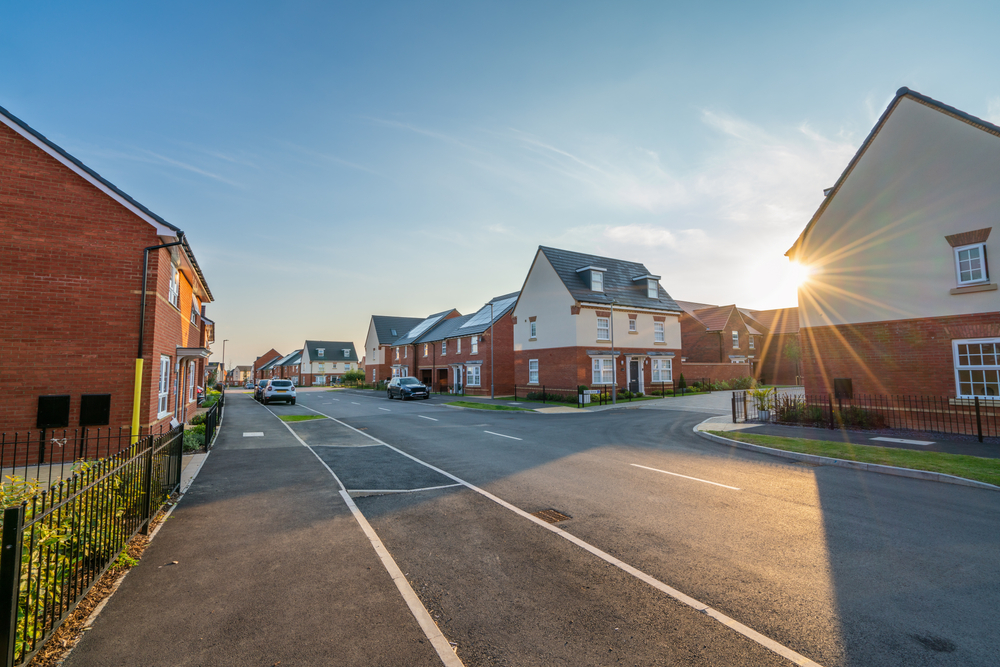7 tips to keep your home cool during a heatwave
With temperatures rising once again this week, people may be struggling to keep cool in British homes that weren’t designed for heatwaves of 30-degree heat! This is a familiar problem in many of our oldest homes seen up and down residential streets across the country, particularly those with uninsulated solid walls built before the 1930s.
Elmhurst’s Overheating Scheme Owner Emma Grantham, and Dr Jim Parker, from Leeds Sustainability Institute at Leeds Beckett University, recommend a range of measures for keeping a home cooler.
These include quick fixes to longer-term measures, such as insulating a home’s wall and roof – or its ‘fabric’. In the Government-commissioned DEEP study, researchers from Leeds Sustainability Institute found this to be one of the most effective ways to retrofit an older, solid walled home to prevent overheating in summer and prevent heat loss in winter.
With hotter summers becoming the norm, these top tips will help to make a home cooler:

1. Boost natural ventilation through windows
Create a crossflow breeze from one side of your home to the other by opening windows on opposite sides of the home. Make sure internal doors are open to create a path for natural ventilation to occur. It can be difficult in accommodation where the window opening angle is restricted, or where there are older windows with small opening sections – both restrict the amount of air movement. If you can plan to replace windows as part of planned renovation, this will help improve natural air circulation in the long term.
2. Open windows at night or early/late on during the day, before it gets too hot
Always open windows on the opposite side of the house to where the sun is to improve ventilation without adding heat from sunlight. Drawing down blinds and closing windows on the sunny side of the home will stop some of the heat transferring into the property, but some will be absorbed. When temperatures get really high, the air outside your home may be warmer than the air inside – this is the time to keep windows closed and shaded. Comparing the temperature displayed on your thermostat with the weather forecast for your area can help you identify this point, but you can also judge how the air feels.
3. Shade your spaces
Reflective coatings on the outside of windows can prevent heat from getting inside your home, but a Department for Energy Security and Net Zero (DESNZ) study found shading devices, especially external shutters to be the most effective means of keeping heat out. Using internal blinds and shutters will help to some extent, but by this point the heat is already inside your home between the window and shading device, so will escape internally.

4. Watch your bedroom temperature
Spending more than 1% of your total sleeping hours at over 26 degrees Celsius – that’s just three-to-four nights per year – puts you at risk of overheating. This can cause dehydration and heat stroke – especially for the elderly and very young, and people with pre-existing health conditions. If this regularly happens in your home, get in an expert to talk about measures that can help, which might include mechanical ventilation.
5. Insulate solid walls
Scientists have found insulation prevents heat from getting inside when the temperatures rise. The opposite is true during winter months as it slows down the loss of heat from inside your home, saving money on fuel bills. The drawback here is the cost of solid wall insulation, which can cost thousands of pounds, depending on size, wall condition, etc. so it’s best to speak to an expert, such as a Retrofit Assessor, about what might be possible.
6. Properly insulate a loft conversion
Heat can get in when a loft conversion or loft room isn’t properly insulated, making it stifling in summer and freezing in winter. Heat gets in through a poorly insulated roof, meaning converted loft spaces at the top of the house are in direct sunlight and therefore inherently at high risk of overheating. If you’re unsure about the level of insulation in your room-in-the-roof, a thermal imagining survey can help identify areas that are poorly insulated.
7. This isn’t enough for a 2050 climate
By 2050, predicted climate change will need a combination of all these measures and more to help keep us cool in the summer. We need to look at how homes in hotter climates shelter from the sun now to help prevent overheating in Britain in the future. Solar shading around windows and doors and shutters, mechanical ventilation or air conditioning powered by renewable energy or solar power are some of the options.
Looking at making improvements to your home?
To find an Elmhurst Accredited overheating or retrofit assessor who can give you advice for your home, use our convenient search facility.
FIND AN ASSESSOR >
Sources:
Leeds Sustainability Institute at Leeds Beckett University DEEP study: https://www.gov.uk/government/publications/demonstration-of-energy-efficiency-potential-deep
